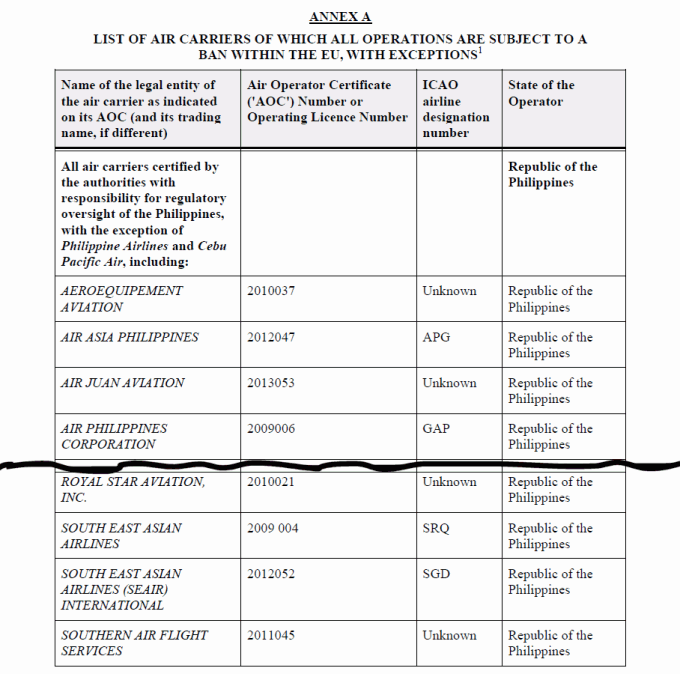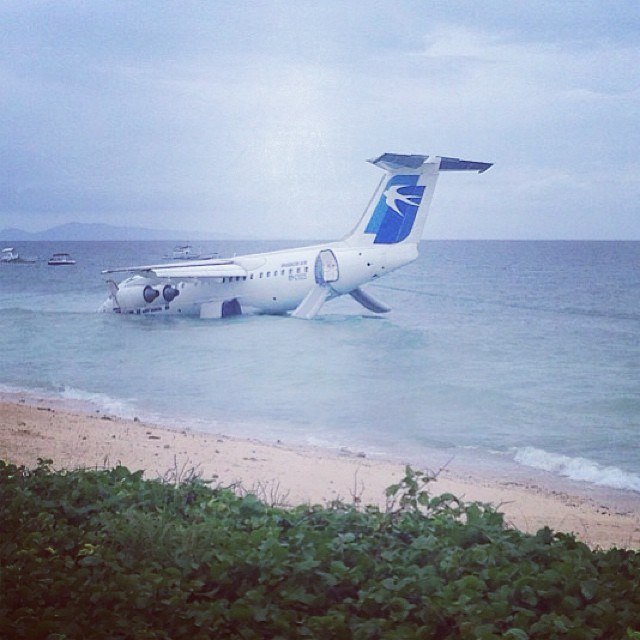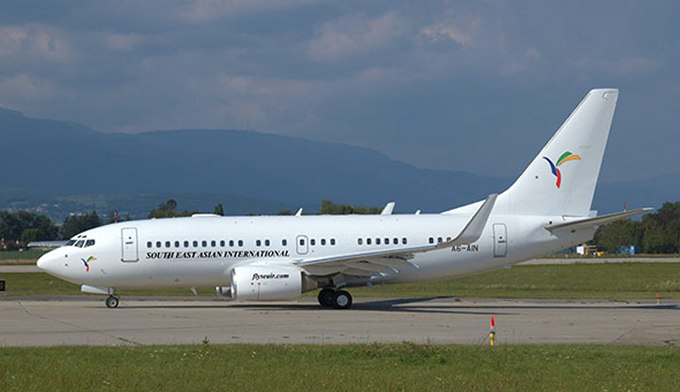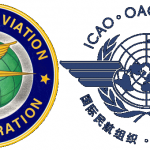CAAP in bad position

CAAP, the Civil Aviation Authority of the Philippines grounded two airlines yesterday. SkyJet Airlines and South East Asian Airlines (SEAIR) were forced to suspend operations.
Everything looks like an emergency operation of the CAAP top management. The US FAA (Federal Aviation Administration) lifted their Category 2 or the “unsafe status” list entry of the Philippines’ aviation last year. But the European EASA did not remove the Philippines’ aviation from their ban-list.
The European assessment team was in the Philippines conducting an audit from April 16 to 24. The EASA team has been here to observe the safety guidelines and procedures in place at a number of local carriers. The result was negative and the Philippines’ aviation is still listed in the EASA ban-list.
 Excerpt of the EASA ban-list.
Excerpt of the EASA ban-list.
DANGER
The big problem is that CAAP only reacts when they are pushed. The EASA report shows that CAAP is not doing their work – controlling and auditing all airlines in their jurisdiction. There are even several charter companies still flying without a valid AOC (Air Operator’s Certificate). Silent Gardens marks complying charter companies as “CERTIFIED”. With the others we would never fly.
The high risk is now that FAA will also come over again and re-evaluate CAAP’s procedures. They also may have very deep looks into several local airlines and charter companies. And if FAA should find enough glitches they will again downgrade the Philippines’ aviation to CATEGORY 2.
This downgrading wouldn’t harm much the faulty domestic airlines. But the big two, Cebu Pacific Air and Philippine Airlines might loose anew their international operations.
For now
For now only two small airlines got grounded. The two companies had already rather bad records. Skyjet had an accident on October 19, 2013 on Balesin Airstrip.
 Photo courtesy of Aviation Safety Network
Photo courtesy of Aviation Safety Network
SEAIR already had troubles with former CAAP general director Alfonso Cusi. In June 2010, Cusi grounded SEAIR’s DO24ATT and DO328-100. In February 2015 Korea’s Ministry of Land, Infrastructure and Transportation again rejected traffic rights to SEAIR.
Conclusion
CAAP must absolutely take their “Oversight Function” serious. CAAP must become pro-active instead of re-active. Analyze, anticipate and asses potential problems before they occur. Maybe CAAP’s William K. Hotchkiss should learn from PHIVOLCS director Renato U. Solidum. We’ll soon write about PHIVOLCS’ disaster assessment and prevention program.
[GARD]










Recent Comments